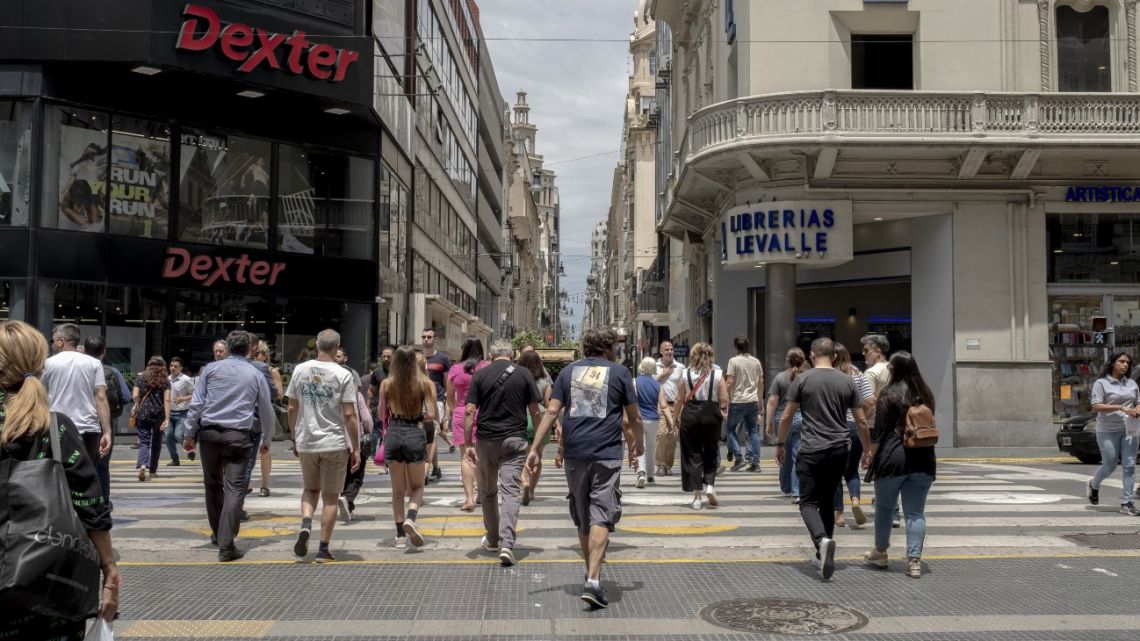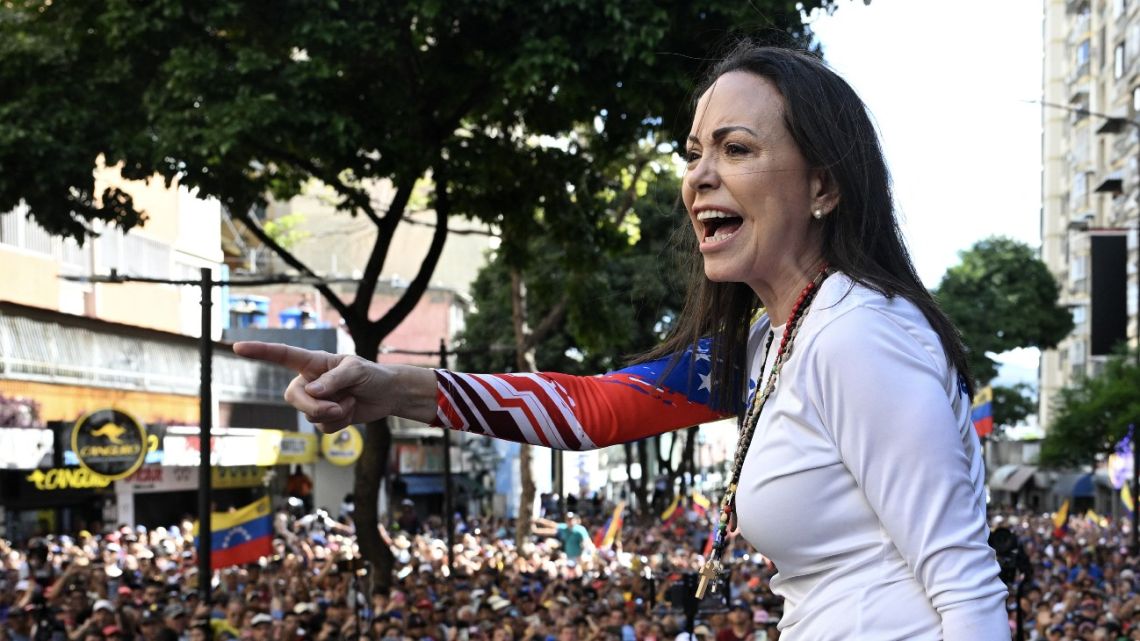Colombia’s inflation rate remained unchanged at 5.2% in December 2024, marking the fourth consecutive year the country has overshot its central bank’s target range.
This persistent inflationary pressure presents a complex economic landscape for South America’s third-largest economy. The year-end figure slightly exceeded market expectations of 5.16%, as reported by the National Administrative Department of Statistics (DANE).
While it represents a significant improvement from the 9.46% recorded in December 2023, the inflation rate continues to challenge policymakers’ efforts to bring it within the target range.
Education costs led the inflation surge with a 10.62% increase, followed by restaurants and hotels at 7.87%. Housing expenses, including utilities, rose by 6.96%.
These sectors exerted substantial upward pressure on overall prices, offsetting decreases in information and communication services (-0.93%) and recreation and culture (-0.21%).
 Colombia’s Inflation Stagnates at 5.2%, Missing Central Bank’s Target for Fourth Year. (Photo Internet reproduction)
Colombia’s Inflation Stagnates at 5.2%, Missing Central Bank’s Target for Fourth Year. (Photo Internet reproduction)Regional disparities in inflation rates were evident, with Bucaramanga experiencing the highest at 6.6%, while Santa Marta fared best with a mere 0.47% increase.
This variation highlights the uneven economic pressures across different parts of the country. The Colombian-American Chamber of Commerce emphasizes the importance of maintaining the downward trend in 2025.
However, potential challenges loom, including peso devaluation, climate phenomena, fuel prices, and minimum wage increases. These factors could exert inflationary pressure in the coming year.
As Colombia navigates these economic waters, clear communication and confidence-building actions will be crucial. Stimulating investment and revitalizing the economy remain key objectives for policymakers and business leaders.
They aim to bring inflation closer to the central bank’s target and foster sustainable economic growth.

 By The Rio Times | Created at 2025-01-10 10:32:46 | Updated at 2025-01-10 15:14:35
4 hours ago
By The Rio Times | Created at 2025-01-10 10:32:46 | Updated at 2025-01-10 15:14:35
4 hours ago








